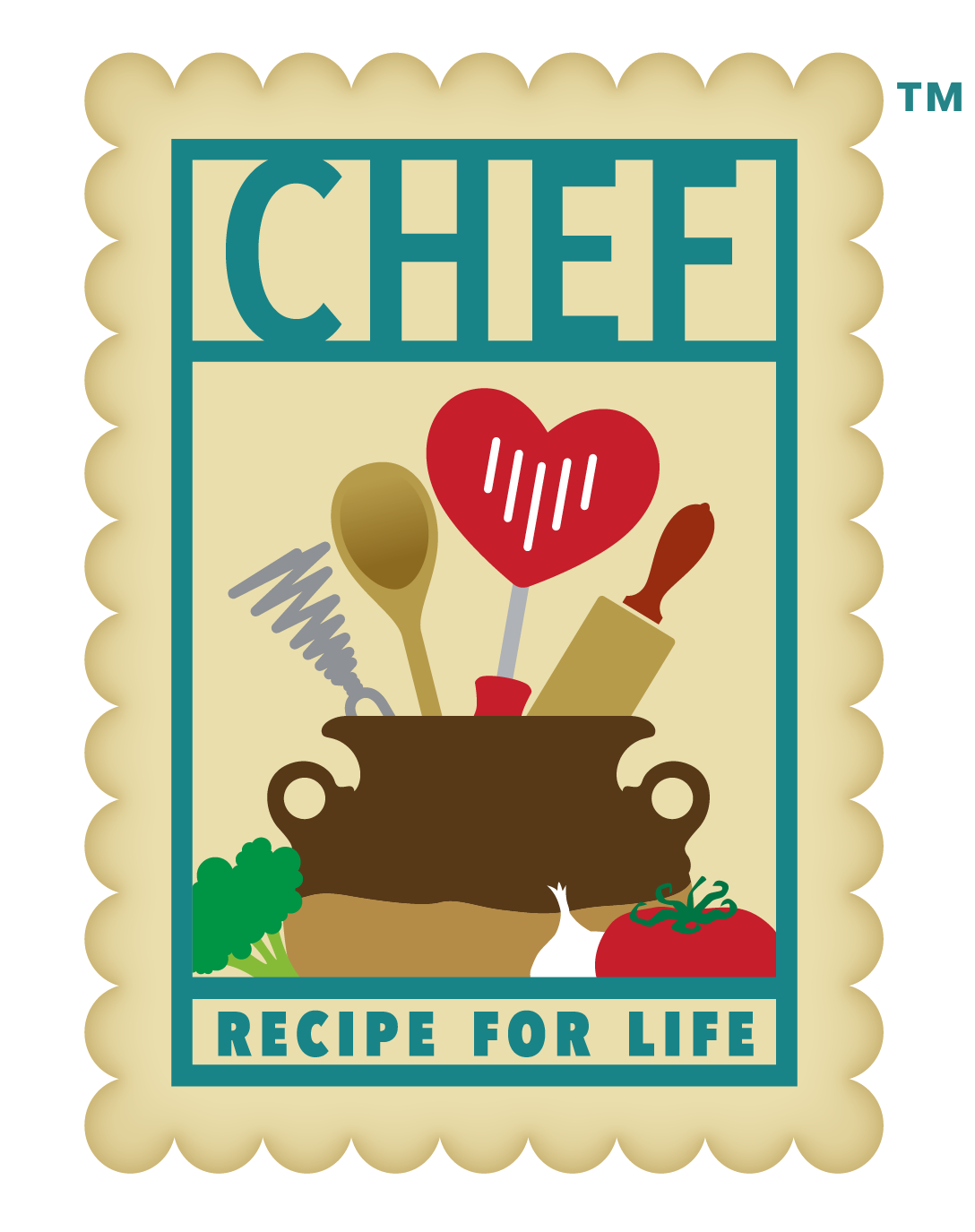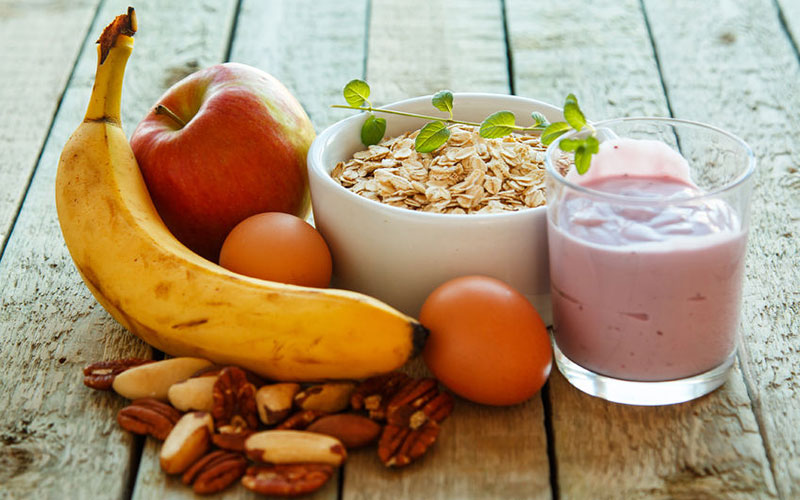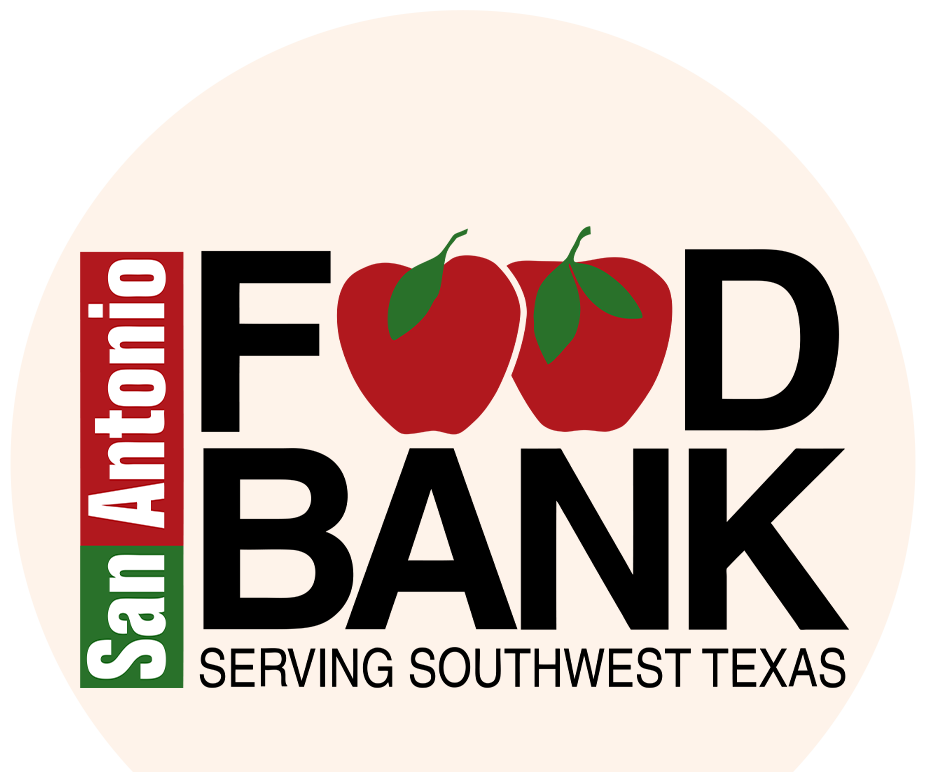Eating away from home has become a daily part of our American lifestyle. According to the National Restaurant Association, Americans are eating out 5.8 times per week. Turn your awareness into action using mindful strategies and the abundant amount of nutrition information available to you.
As you may know, eating out exposes you to some nutritional challenges; larger portions, distraction to mindfulness, larger amounts of calories, dietary fat and dietary sodium, less fiber, and more processing of natural foods are just a few.
Mindful strategies are an important key to your success:
- Plan Ahead by reviewing the menu ahead of time
- Watch for the 3 B’s: bread, butter, and beverage. These can easily add up to over 600 calories before you even begin your meal.
- Look for healthy cooking techniques: plank roasted, grilled, seared, stir fry, en papillote, nut crusted, grain medley, and poached with white wine, herbs, or broth.
- Build a smarter salad: dark greens, nuts, seeds, beans, legumes, small amounts of flavorful cheese, dry fruits, plant oils, vinegars
- Feast on vegetables: colorful seasonal varieties
- Go for the Grain: choose whole grain options such as quinoa, all rices, farro, whole wheat, amaranth, and oats
- Visualize the components of your healthy plate: 75% plant based fruits, vegetables, and grains with 25% lean protein or approximately 4-5 ounces. Keep in mind that a plate would be approximately 9-10 inches in diameter. Add more color on your plate for a wide variety of protective nutrients. Consider plant sources of protein such as nuts, seeds, soy, beans, and legumes.
Planning is a key element to your success.
The FDA has issued the long awaited final rule on nutrition labeling of standard menu items in restaurants and similar food establishments. Effective December 2, 2016 you will be able to make informed and healthful dietary choices when dining out. Nutrition information will be placed on menu boards next to menu choices or directly on the menu. It will include a statement for context about daily calories and the nutrient summary per serving.
Here are some tips to keep in mind while dining out:
- Be mindful when dining out
- Visualize your healthy plate
- Inquire about ingredients and preparations of different menu items
- Feast on colorful vegetables and whole grains
- Plant to share an entrée or dessert
- Take advantage of the abundant resources for nutrition information available to you
- Eating out can be a healthy indulgence, Enjoy.






